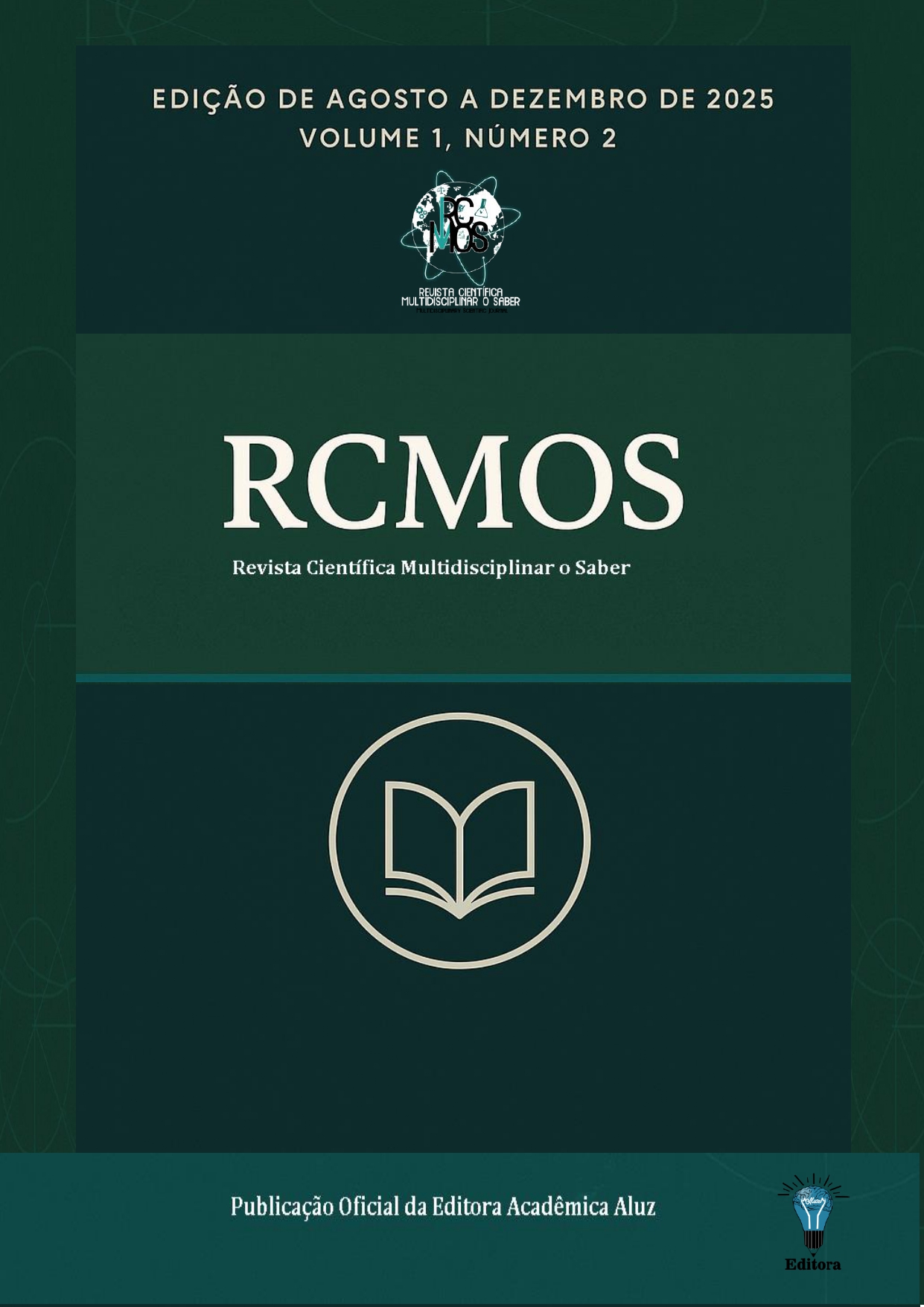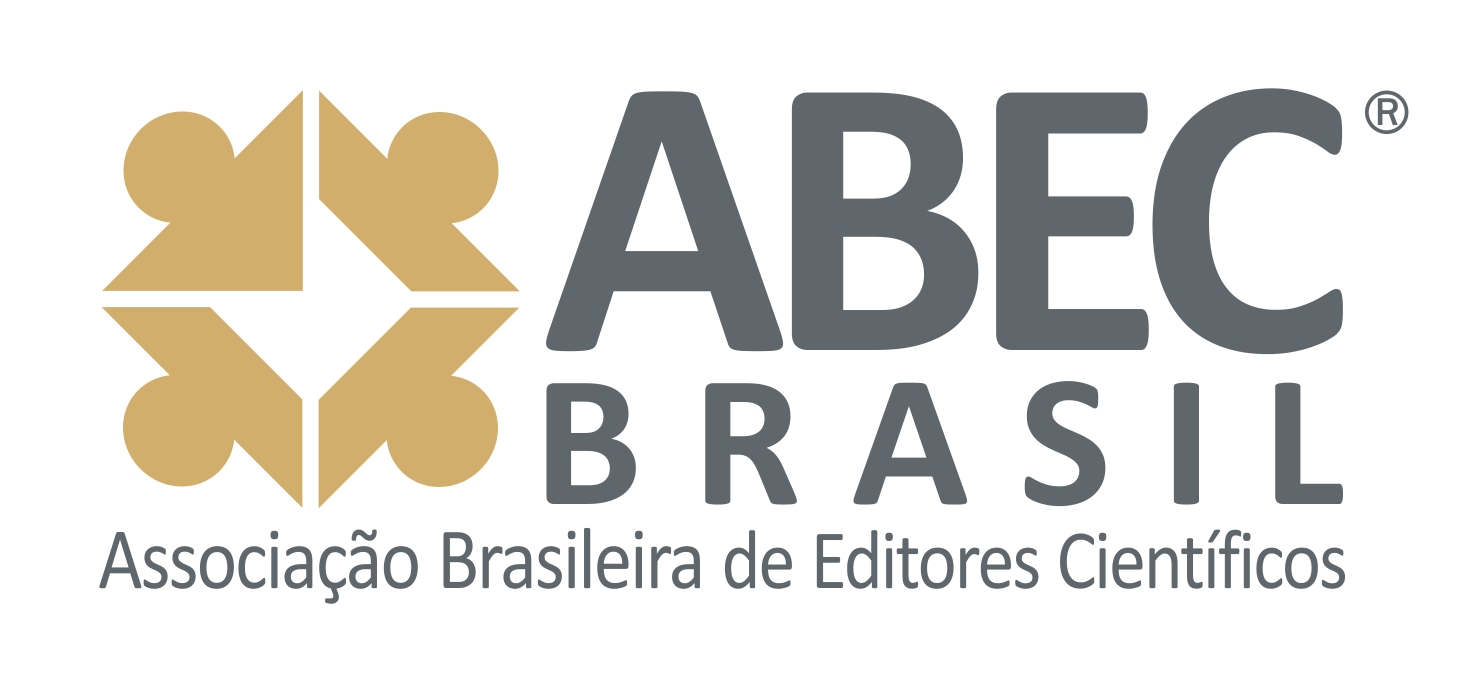Costs of Insolvency in Brazil from the Perspective of Economic Efficiency
Costs of Insolvency in Brazil from the Perspective of Economic Efficiency
DOI:
https://doi.org/10.51473/rcmos.v1i2.2025.1451Keywords:
Insolvency. Judicial Reorganization. Economic Costs. Economic Efficiency.Abstract
The article analyzes the costs of insolvency in Brazil from the perspective of economic efficiency, a central element of the Brazilian Judicial Reorganization and Bankruptcy Law (LREF), in order to verify whether the insolvency legal framework fulfills its purpose of preserving the company and its social function. To this end, the study adopts an empirical approach based on data from the 2nd phase of the Insolvency Observatory in the State of São Paulo, combined with doctrinal analysis on the subject. It assesses the extent to which direct costs (court fees, judicial administrator’s fees, and administrative expenses) and indirect costs (length of proceedings, credit restrictions, and opportunity costs) affect the rate of credit recovery by creditors and the success of reorganization plans by debtor companies, serving as benchmarks to measure the system’s economic effectiveness. The findings show that direct costs consume, on average, more than 25% of the company’s initial assets in reorganization and 35% in bankruptcy, while indirect costs extend over time, with credit restrictions and significant reduction of investments. The rate of credit recovery averages around 25% in judicial reorganization and 12% in bankruptcy, while only 54.4% of companies manage to comply with the approved plan. It is concluded that, from the perspective of the economic efficiency of the Brazilian insolvency regime, the results are modest and may even produce adverse effects on the credit market and on confidence in business relations.
Downloads
References
AYOUB, Luiz R. A Construção Jurisprudencial da Recuperação Judicial de Empresas. Disponível em: Minha Biblioteca. 4. ed. Grupo GEN, 2021.
CAMPINHO, Sérgio. Plano de Recuperação Judicial – Formação, aprovação e revisão. Disponível em: Minha Biblioteca. Editora Saraiva, 2021.
JUPETIPE, Fernanda Karoliny Nascimento. Custos de falência da legislação falimentar brasileira / Fernanda Karoliny Nascimento Jupetipe. São Paulo, 2013. 77 p. Dissertação (Mestrado) – Universidade de São Paulo, 2014. Orientador: Eliseu Martins.
Lei nº 11.101/2005. Regula a recuperação judicial, a extrajudicial e a falência do empresário e da sociedade empresária.
MAMEDE, Gladston. Direito Empresarial Brasileiro: Falência e Recuperação de Empresas. Disponível em: Minha Biblioteca. 13. ed. Grupo GEN, 2022.
NOGUEIRA, Ricardo José N. A Eficiência do Processo Judicial na Recuperação da Empresa. Disponível em: Minha Biblioteca. 1. ed. Editora Saraiva, 2009.
Observatório de Insolvência. Recuperação Judicial no Estado de São Paulo – Atualização da 2ª Fase do Observatório de Insolvência. Disponível em: obs_recuperacoes_abj.pdf (abjur.github.io).
Observatório de Insolvência. Recuperação Judicial no Rio de Janeiro. Disponível em: obs_rjrj_abj.pdf.
SACRAMONE, Marcelo B. Comentários à lei de recuperação de empresas e falência. Disponível em: Minha Biblioteca. 4. ed. Editora Saraiva, 2023.
SADDI, Jairo. Crédito e Judiciário no Brasil: uma análise de Direito e Economia. São Paulo: Quartier Latin, 2007.
SANTOS, Aline Alves D. et al. Gestão de custos. Disponível em: Minha Biblioteca. Grupo A, 2018.
SCALZILLI, João P. et al. Recuperação de empresas e falências. Disponível em: Minha Biblioteca. 3. ed. Grupo Almedina (Portugal), 2018.
ZAFFARI, Eduardo et al. Direito Falimentar: Recuperações Judicial e Extrajudicial. Disponível em: Minha Biblioteca. Grupo A, 2021.
Downloads
Published
Issue
Section
Categories
License
Copyright (c) 2025 Luciene Dias Barreto Salvaterra Dutra (Autor)

This work is licensed under a Creative Commons Attribution 4.0 International License.












